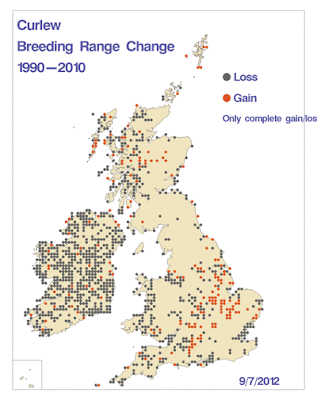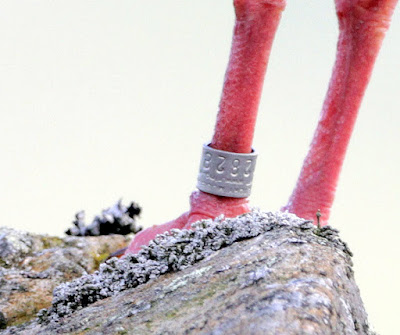The forecast for Tuesday morning was about as good as it gets just lately - a gentle breeze from the north with a fair amount of cloud that would slowly break. That was enough to motivate us to head for Oakenclough again where Andy and I met up at 0645. We were joined by Bryan with Barnaby the Labrador.
“Slow but steady” was the name of the game, with more Redwings, a few Lesser Redpolls and a couple of “unpredicteds” seen but not caught. Our catch was 26 birds - 8 Redwing, 5 Blue Tit, 4 Lesser Redpoll, 3 Goldcrest, 2 Chaffinch, plus one each of Great Tit, Coal Tit and Robin.
Redwings came in fits and starts of tiny flocks and a total throughout the morning of 80/100 individuals plus a handful of migrant thrushes - Blackbirds, 3 Mistle Thrush and 2 noisy Fieldfare, the latter our first sightings of this autumn. The Redwings we see in October and November are pure migrants rather than winter visitors. This week has seen a sputtering start to this annual migration of northern thrushes whereby millions of Redwings and Fieldfares rush through Britain to then spend the winter in Iberia and/or France.
Once into the New Year, it will be more difficult to see either species here in Lancashire with their journey back north in the spring undertaken rapidly, often under the cover of darkness.
Of the eight Redwings, there was one adult, the remainder birds born this year.
At this time of year most Lesser Redpolls we catch can be safely aged as first years, i.e. born in the current year. One of those caught this morning had almost no hint of colouration in its greyish plumage so must have been born very late in the year - probably a second or even third brood?
Surprises came first in the shape and sound of an overflying Ring-necked Parakeet. Andy saw one (or the same individual) here about a week ago. The Ring-necked Parakeet is the UK’s only naturalised parrot with a wild population estimated at about 10,000/15,000 pairs. Thankfully the population is centred mainly round the south-east of England. The cold winters of northern Britain may have worked in our favour to stop the further expansion of a species widely considered to be a pest.
A couple of bright intervals half way through the morning saw a flurry of Swallows heading determinedly south directly overhead. We saw a two, five and then a bigger group of eight. While mid-October is fairly late for migrating Swallows, this is certainly not without precedent, especially during mild and wet autumns.
During the morning we also noted two large flocks of Pink-footed Geese, 400 + in total, coming off distant Morecambe Bay and then flying south, perhaps towards the goose fields of South Lancashire.
Otherwise birds - 2 Great-spotted Woodpecker, 2 Sparrowhawk, 40+ Chaffinch, 8 Goldfinch, 2 Pied Wagtail.
Linking today to Eileen's Saturday.
Linking today to Eileen's Saturday.





































































.jpg)












